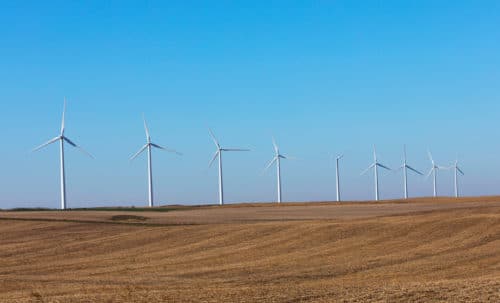Purdue University engineers have designed a low-speed, high torque powertrain system that reduces costs and environmental contamination.

Turbines are the most effective way to harvest energy from wind and marine sources. It requires a powertrain system to transmit energy from the turbine to the generator. However, these turbines could cost high for operations and maintenance.
The conventional multistage gearbox has a fixed gear ratio so that the generator runs at variable speeds. The efficiency of the multistage transmission is suboptimal. The fixed transmission ratio of a conventional turbine gearbox limits the generator efficiency. Some studies also tried using hydrostatic transmissions in wind turbine applications. However, the main obstacles here are the maintenance and environment. They yield low performance, efficiency and also frequent oil leakage.
The new powertrain design transmits high-speed, low-torque generators with a constant speed. This design enables detachment of the generator from the turbine. The generator can be placed at the ground level of wind turbines or the water surface level for marine turbines. This drastically reduces the weight and simplifies the maintenance.
The design enables smart energy harvesting using an array of individual turbines with one or more centralized generators. The new technology includes hydraulic unit design, system architecture, and control and integration strategy and supplement systems. Implementation of this design in existing turbines requires moderate modifications. Also, the design uses water as the hydraulic fluid which enables speed regulation of the generator.
“The energy losses for regulating electric power frequency can be eliminated,” said Jun Chen, professor in the School of Mechanical Engineering. “Compared to an existing hydrostatic wind turbine powertrain, our technology is more efficient, up to 90%. Water is a better working fluid for long-distance hydraulic power transmission, which enables collective energy harvesting. It is easy to refill, and leakage causes less environmental damage than conventional mineral-based hydraulic oil.”






